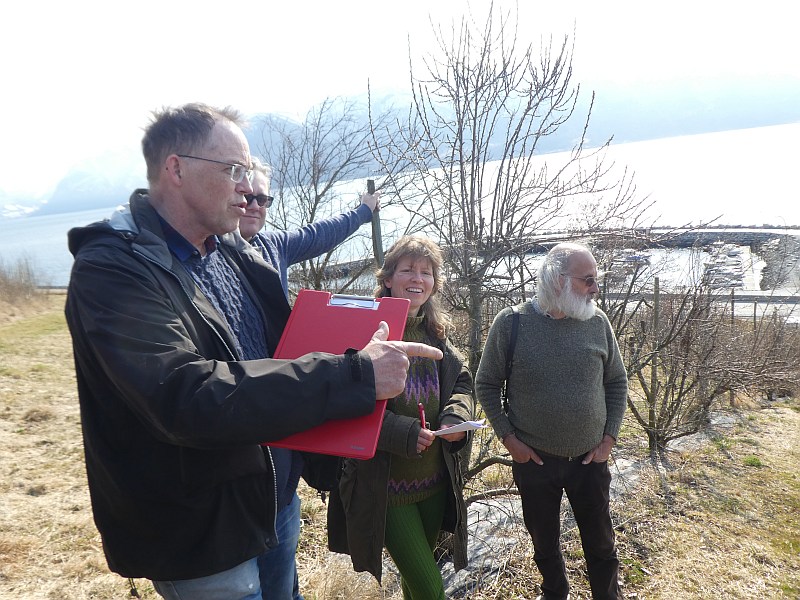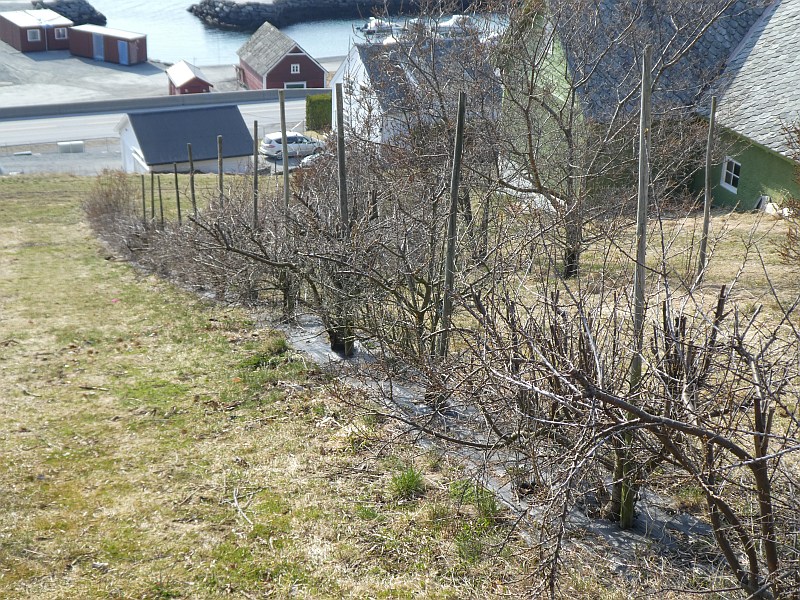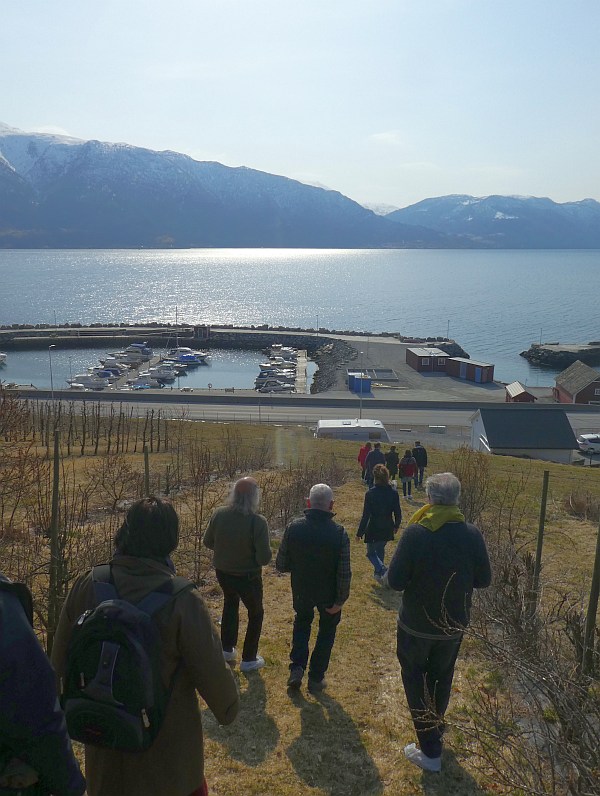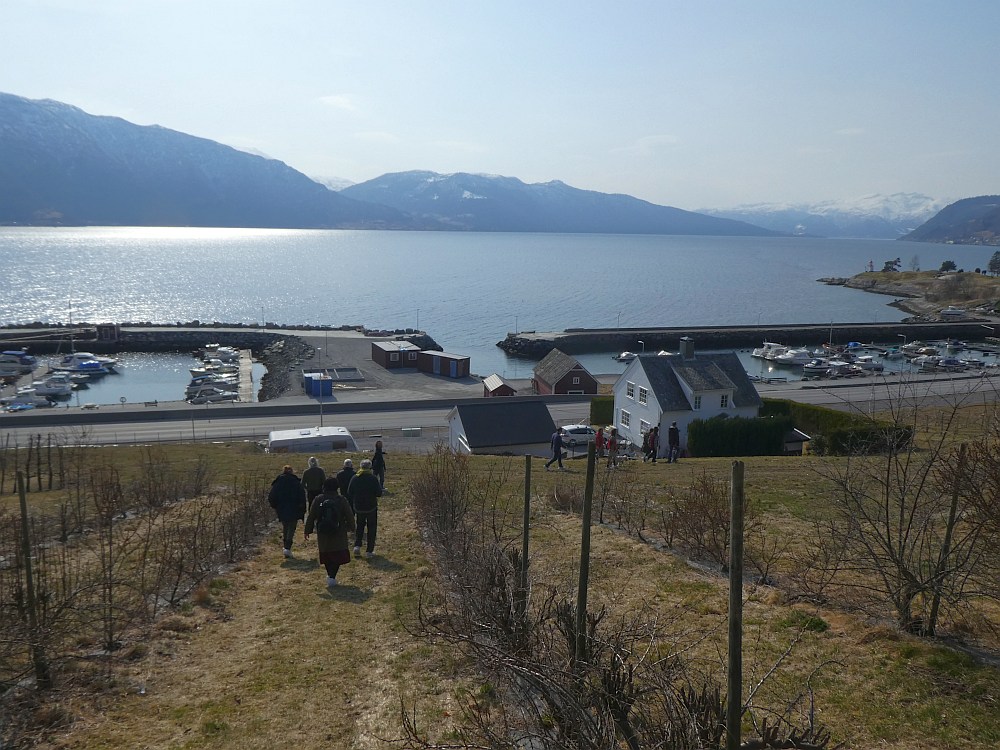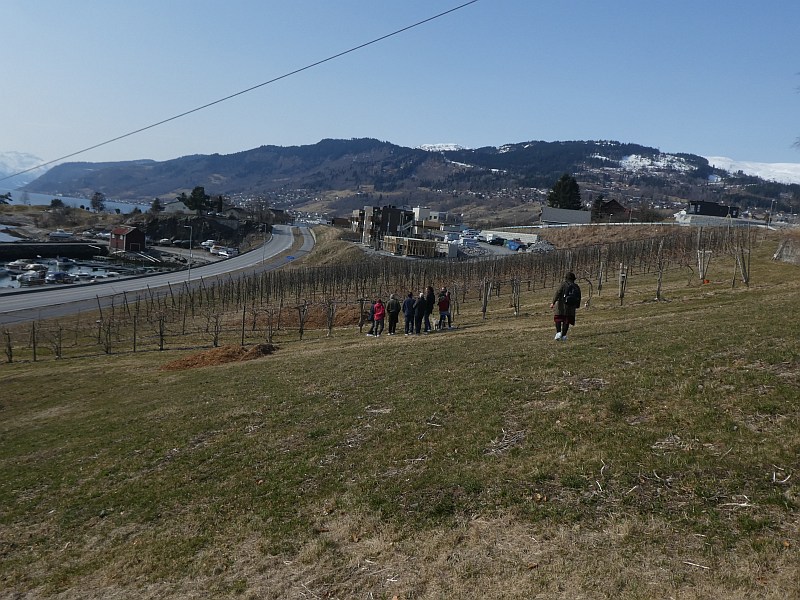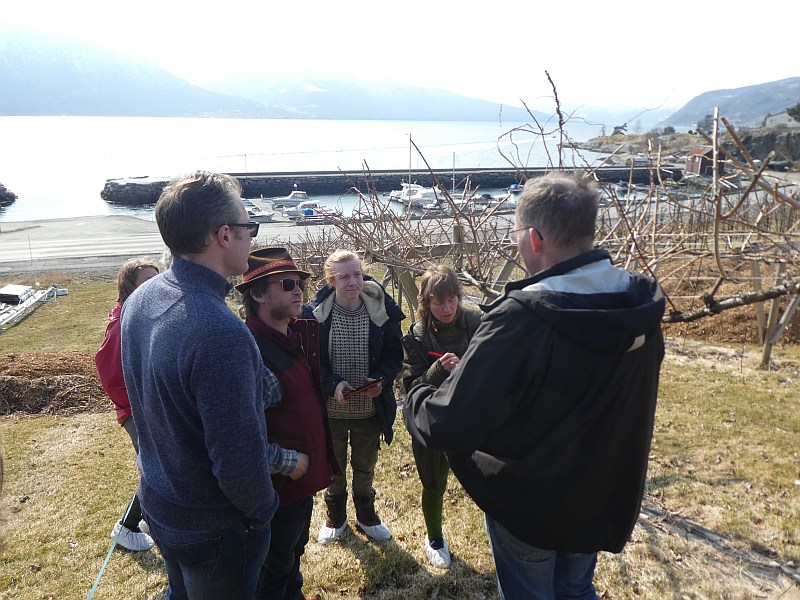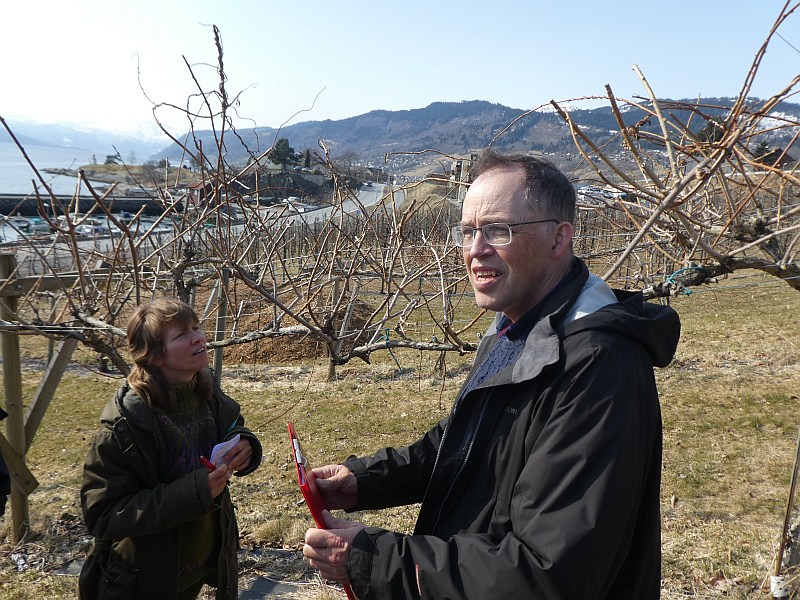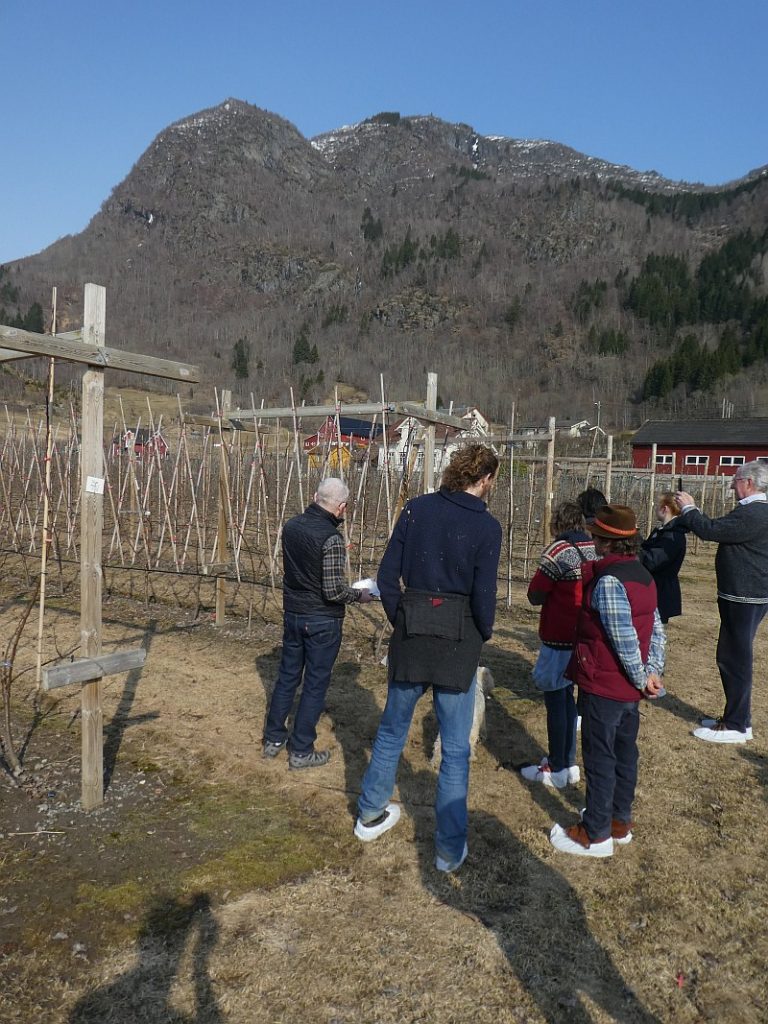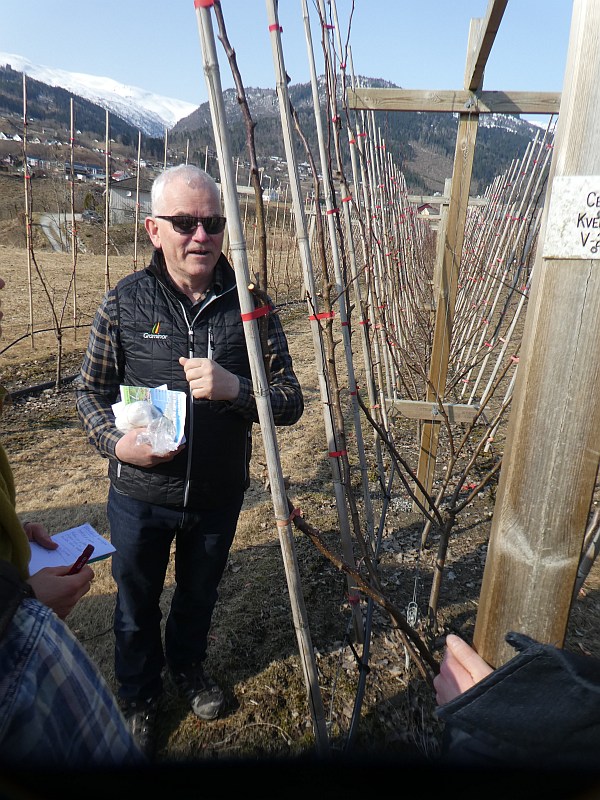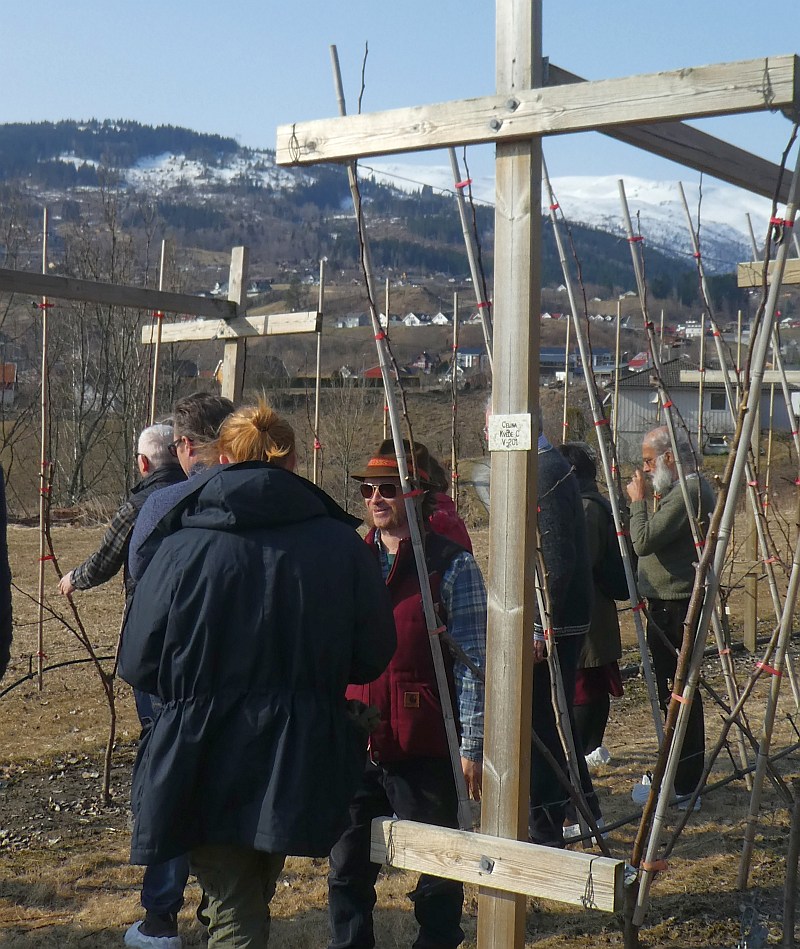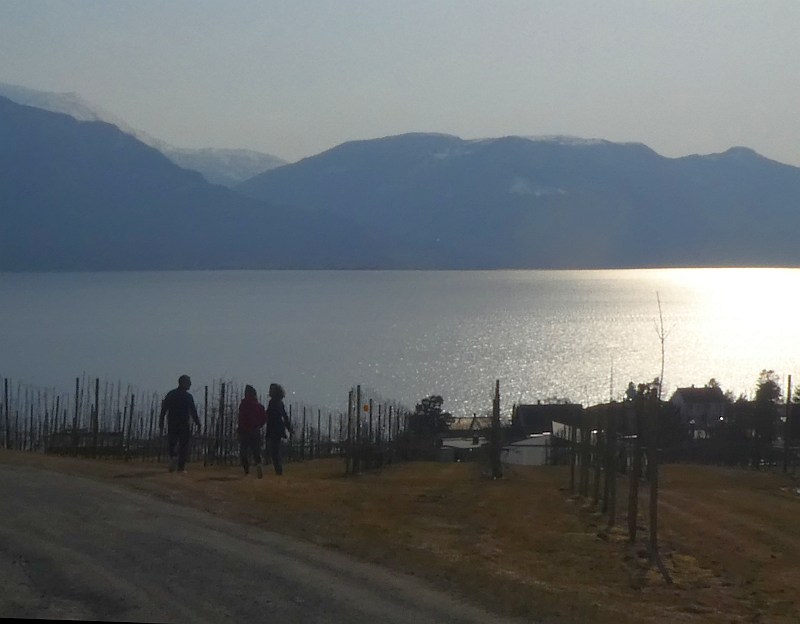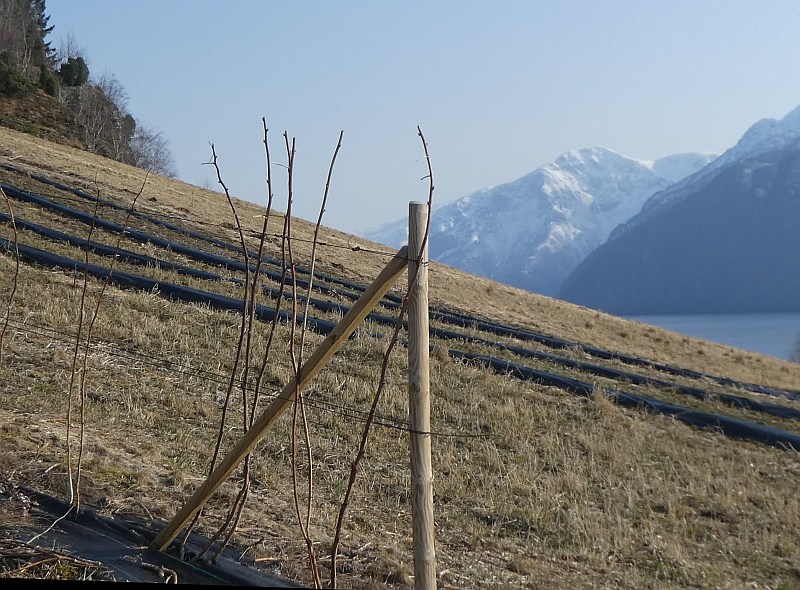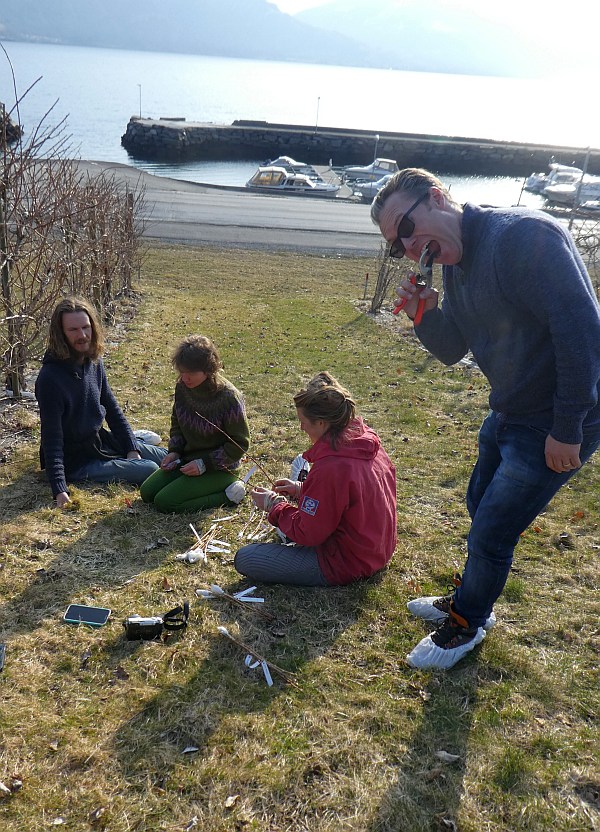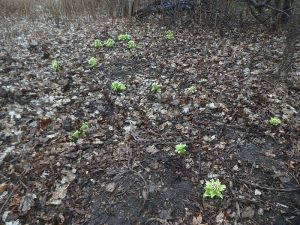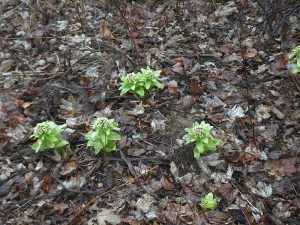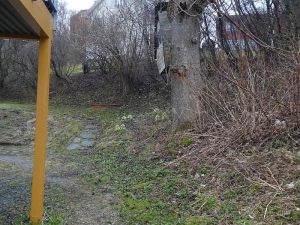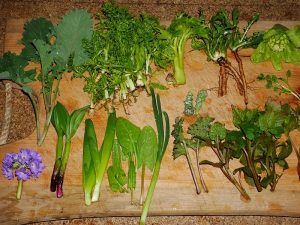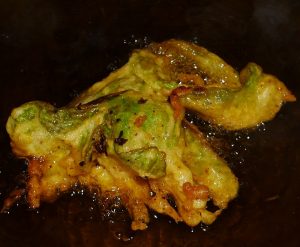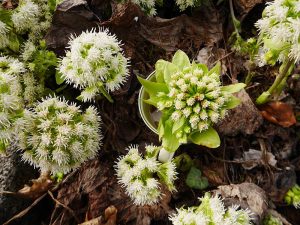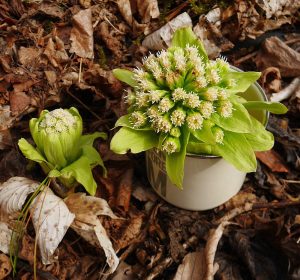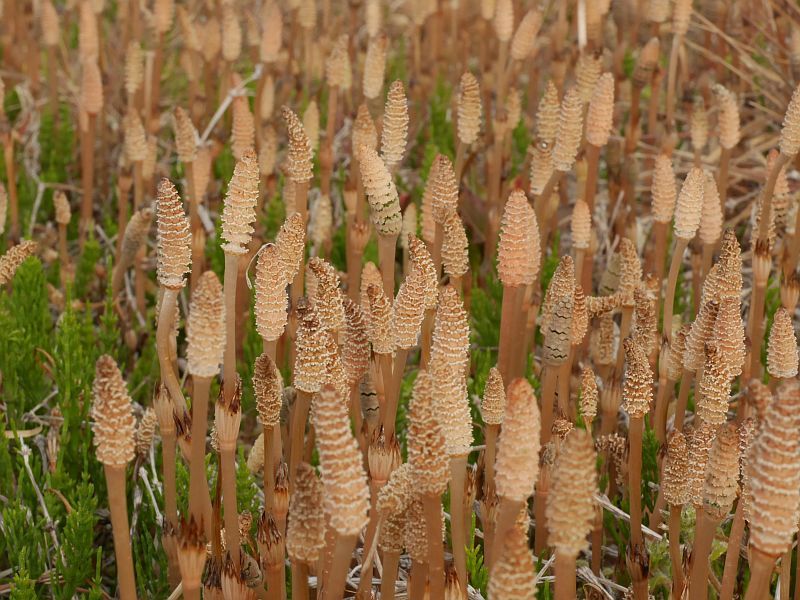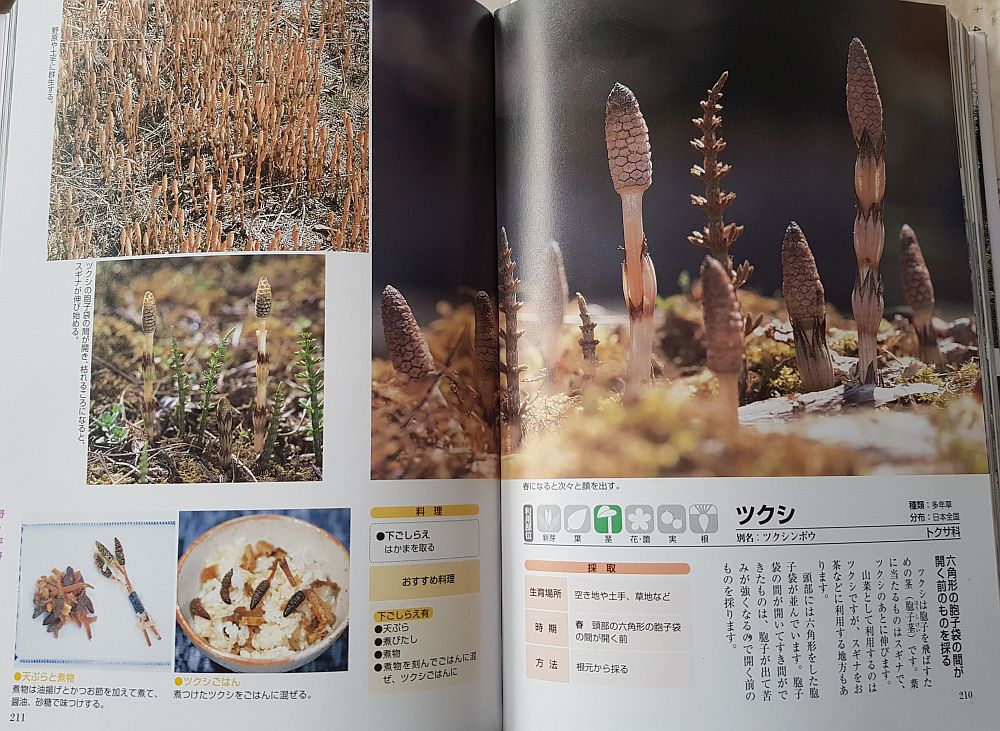Chiffchaff (gransanger) in the garden yesterday doing her ancient traditional dance…
Monthly Archives: May 2018
New wave of migrants
There was a big arrival of African migrants in the night and this morning I registered my first pied flycatcher (svarthvit fluesnapper) singing in the garden, a group of 5 swallows (låvesvale) hunting insects and a willow warbler singing and flycatching!
KVANN at Njøs
English: pictures from Norwegian Seed Savers visit to Njøs, an old fruit research station near Leikanger in Sogn! We saw Stein Harald Hjetnes’ own developed Celina pear as well as collections and trials of fruit including sea buckthorn, haskaps, minikiwi and others!
Norwegian: Tusen takk til Stein Harald Hjeltnes og Dag Røen for et spennende og lærerik besøk i praktfulle omgivelser under KVANNs årsmøtet i Leikanger i April!
Wavy fjord
Wavy fjord this afternoon

permakulturplanter.no visit!
Thanks for the Asimina (pawpaw) plants :)
5am sunrise


Around the World with Fuki
Fuki (Petasites japonicus) is a popular spring vegetable in Japan and Korea. It has also been introduced as an ornamental in Europe and in North America as a food plant for the Japanese population there. In Hu’s Food Plants of China it says that it’s cultivated to meet the market demand of the Japanese residents (Shanghai and Nanjing). During my study trip to Japan in spring 2016, the flower buds and young leaf stalks were available in the wild edible (sansai) section of supermarkets! It was a common site to see an area of fuki set aside near to houses!
At the end of February I gave a talk about my trip to Japan for the first time and showed this slide of supermarket leaf petioles, flower buds and fuki tempura which I was served!
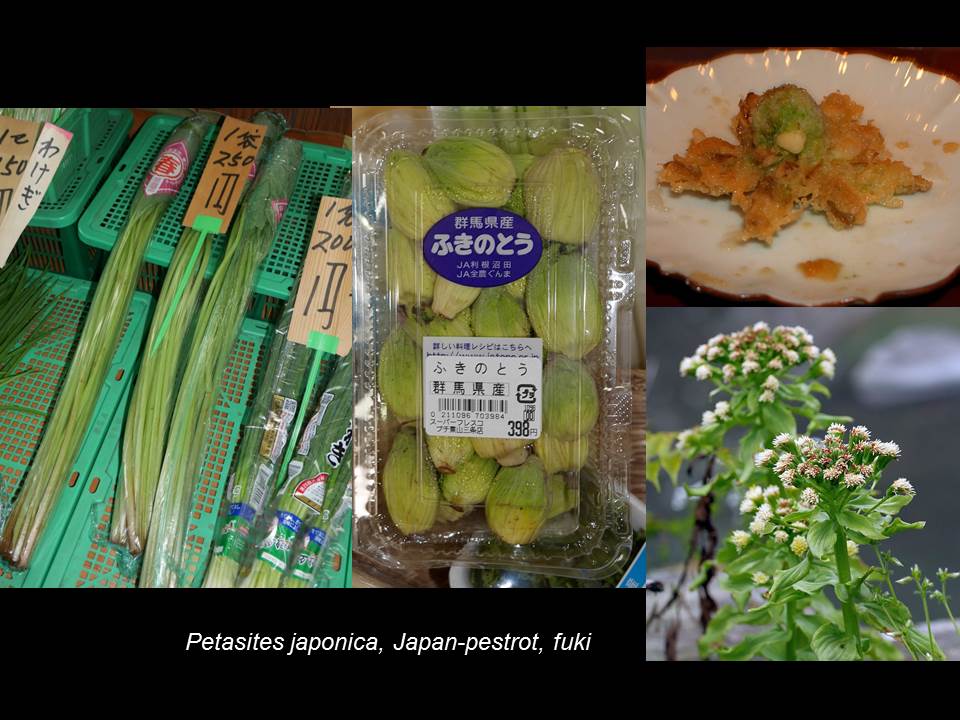
At the talk, one of the audience was Ingunn Moslet. She contacted me afterwards as she was sure that she had seen this plant growing in the centre of Trondheim. We therefore agreed that we would meet in the spring to check it out. Yesterday, 3rd May 2018, I met Ingunn in Bakklandet and she took me to the site which seemed to be an old overgrown garden (there were old redcurrant bushes on the edge of the site). Upon seeing the flowering shoots I wasn’t in doubt that this was fuki and not similarly white flowered Petasites albus from the alps which probably has higher levels of bitter alkaloids. We counted 38 flowering heads and 10 more in another location in a nearby garden. As it was at perfect stage to eat, I took one shoot with me to try that evening and a second more developed flower to compare with Petasites albus (grown contained in a pot in my garden for the bees for many years) and my own fuki (from a wild stand in Rogaland). Below is an album of pictures from our visit to the site, the fuki pakora I made last night and comparisons of the flower heads of P. japonicus and P. albus!
Although often treated as an invasive and noxious weed, I would argue it is also a valuable addition to our flora as it flowers early and therefore is a valuable source of nectar for butterflies and bees, as well as being a great perennial vegetable, so instead of spraying it with toxic chemicals like Roundup let’s love it instead and limit it by harvesting it!
See the film below which I took in the Toronto botanical garden in April 2017!
Discovering the fuki patch in Trondheim:
Tsukushi
Tsukushi (Equisetum arvense) or field horsetail is a much loved spring vegetable in Japan and Korea. In Norway, it is called kjerringrokk or åkersnelle and is only used as a medicinal herb (the green summer stems are used) in particular for urine tract infections and for strengthening hair and nails (see this Norwegian article: http://www.rolv.no/urtemedisin/artikler/equi_arv/art1.htm). It is advised in Norway that one should be careful when picking as it is easily confused with Equisetum palustre (marsh horsetail) which is said to be “quite poisonous”. The two species can occur in similar habitats, as marsh horsetail can also grow in dampish soil, not just marshes. However, the wikipedia entry, https://en.wikipedia.org/wiki/Equisetum_palustre states that this species is poisonous to livestock but NOT humans.
On my study tour to Japan, I remember eating tsukushi 3 times, all as tempura and even found a farm growing it (see the pictures below). The best vegetables for tempura are strong tasting herbs such as tsukushi, green udo, dandelion etc. as the oil coats the tongue reducing the perception of bitterness!
This is a plant I would not recommend planting in a garden as it is one of the hardest plants to remove once you have it and many gardeners fight a never ending war on it!
My Facebook friend Kiku Day in Denmark allowed me to post her own cooking description: “You need to pick the fertile stems that shoot during early spring. You have to take off the whorls of brown scale leaves on these stems. Then you need to cook it. I think traditionally the Japanese cook with soy sauce and miring (sweet cooking sake), eat it with white rice or with fried eggs. However, this time I blanched them and fried them in olive oil with salt and pepper. I have to say that the “heads” of the plant are quite bitter. So you have to like bitter taste. Also, don’t eat the green plant that comes later but use those for tea.”
Dunnock and Starlings
Starlings (stær) are now established in one of the 35+ year old nest boxes…and a dunnock (jernspurv) has been singing its heart out at the top of a spruce tree!’




